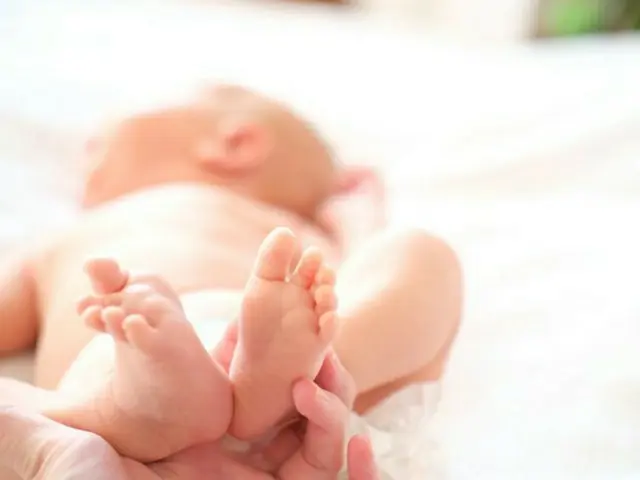On the 26th, President Chu Hyun-hwan, vice chairman of the Committee on Low Birthrates and Aging Society, said at the 8th International Symposium on Low Birthrates and Aging Society,
"Due to the increasing trend in the number of marriages and births, the total fertility rate this year is expected to be around 0.74," he said. This figure is higher than the Statistics Bureau's long-term estimate (0.68) and an improvement from last year.
The total fertility rate in South Korea has been steadily declining since 2015, when it was 1.24. According to the latest statistics, the number of births in August was 20,098, up 5.9% from the same period last year.
The number of marriages also increased by 20% over the same period to 17,527, which is being analyzed as a result of delays in marriages due to the COVID-19 virus and the base effect.
The South Korean government attributed this reversal to the effects of policies aimed at combating low birth rates among young people. Yoo Hae-mi, senior official in charge of measures to combat low birth rates, said, "We are supporting the balance between work and family life, stabilizing housing, and reducing the marriage penalty."
"Policies for young people, such as the relaxation of childbirth and childbirth allowances, have had a positive impact on marriage and childbirth," he said. However, some are wary of excessive optimism. The rise in the birth rate this year is a positive signal, but there are also concerns about structural issues.
"The current upward trend is a temporary one caused by the delayed effect of the pandemic," said Jeong Young-soo, a professor at Hanyang University.
"This is a fundamental phenomenon," he said, warning that "if we remove the base effect, the situation could become even worse."
2024/11/26 21:34 KST
Copyrights(C) Edaily wowkorea.jp 78

